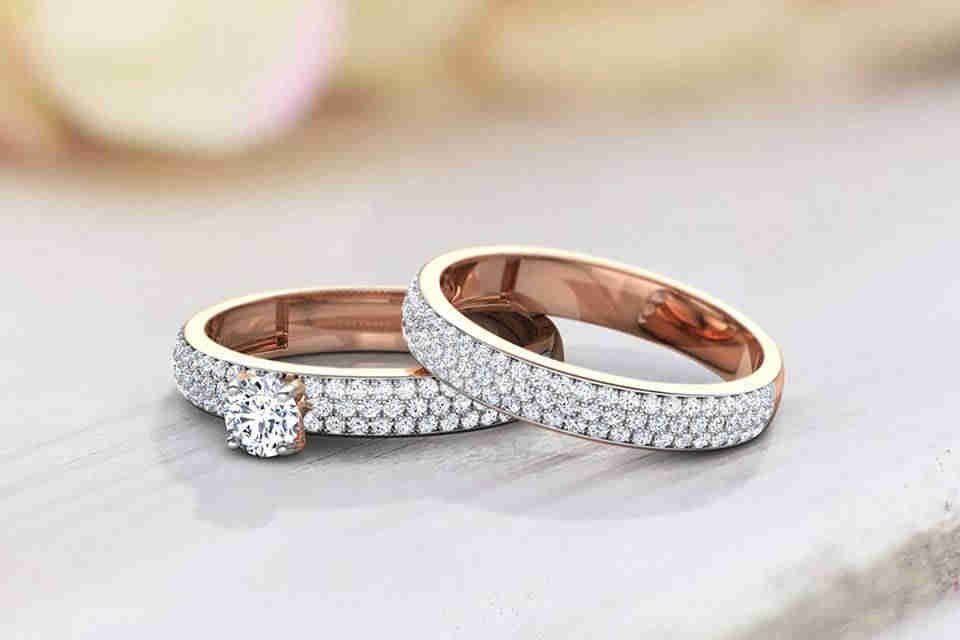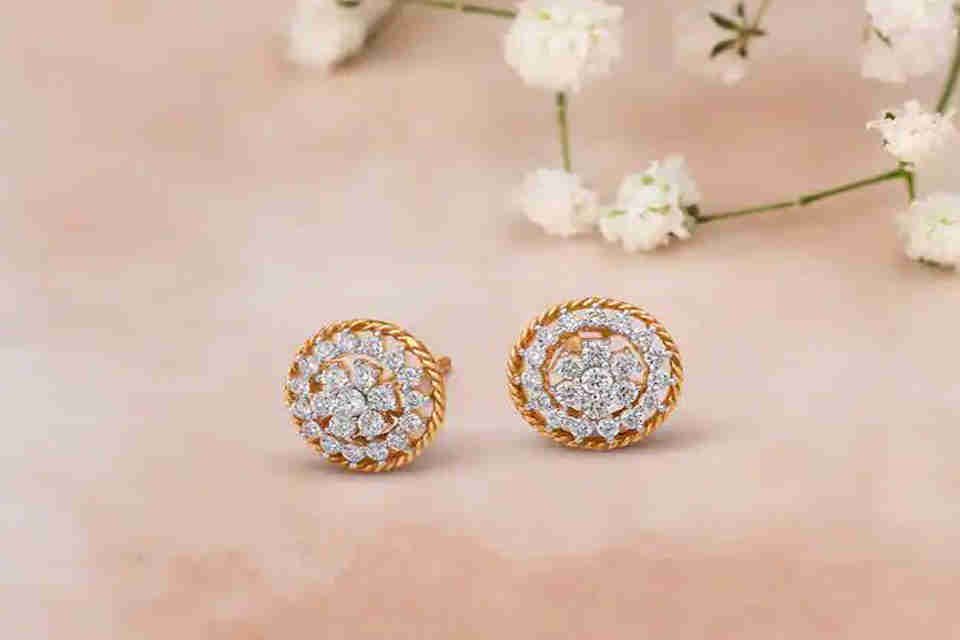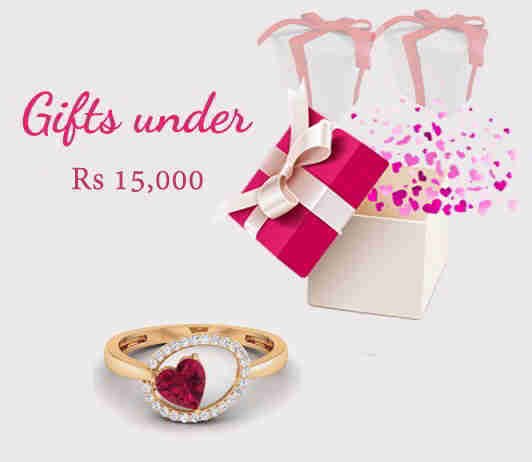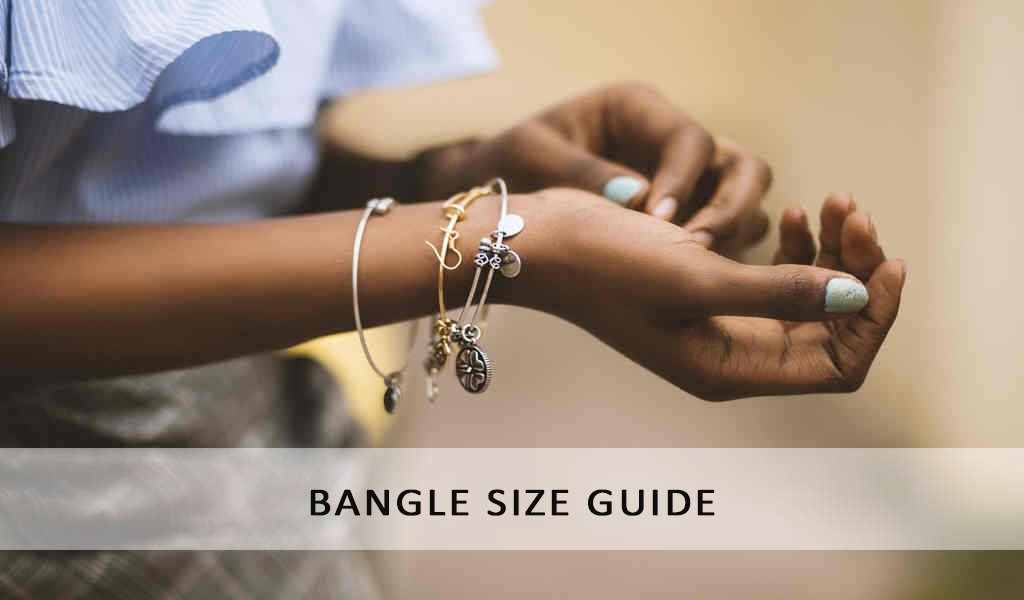Tourmaline

Tourmaline
Rubies bring the colour red to mind while emeralds make one think of green. However, there is one such stone that is available in all the colours of a rainbow. Yes, we are talking about tourmalines. The colour of these stones ranges from bright yellow and warm orange to cool blue and deep black. It is no surprise that tourmalines are known as the gemstone with the widest colour range. Are you looking for something unique? Well, a pair of earrings or a ring studded with tourmalines is all you need. So, what are tourmalines? What makes them so special? And what are the things to consider when you buy tourmaline jewellery? Read on to learn all these and more.
Overview
Tourmaline is not a single mineral. In fact, it is a group of minerals with inter-related physical and chemical properties. Each tourmaline stone has the same crystal structure. Yet, the elements inside it may be different. Tourmalines measure 7 to 7.5 on the Mohs scale of hardness. This means that it is quite hard and resistant to scratches. Tourmalines also have no cleavages and as a result, they are extremely durable. Given its range of colours, everyone has their own favourite tourmaline stone. A single tourmaline gemstone can even showcase two or more colours. The watermelon tourmaline is a fine example of this. As the name suggests, these stones are green on the outside and pink or red in the center.
What is the History of Tourmalines?
Given the many colours a tourmaline can be found in, it is easy to confuse this stone with others. Tourmaline was recognised as a unique mineral species only in the 1800s. However, it was discovered centuries before this. The very name given to this stone reflects the confusion it caused. Tourmaline gets its name from the Sinhalese term toramalli, which means mixed gems.
There is a beautiful Egyptians story about how a tourmaline got its colours. According to the legend, this colourful gem broke through a rainbow as it pushed its way through the earth. This gave the tourmaline its vibrant colour. Today, Brazil is one of the richest sources of tourmaline. The stones mined here are known for their vivid blue and green hues.
Types of Tourmalines
Did you know that tourmaline mineral species has over 30 different types? Of these, only 3 are used to craft jewellery, namely the Elbaite, the Dravite and the Schorl. The Elbaite is the most common variety available today and can be found in a range of colours. The Dravite is a brownish stone while the Schorl is dark black in colour. The different colours of this stone have also inspired their own trade names. The blue Paraiba from Brazil is the most famous and also the most expensive variety of this stone. Bi coloured tourmalines with green and pink hues are known as watermelon tourmalines. Indicolite refers to a dark violet-blue or greenish blue tourmaline. Similarly, tourmalines in shades of red are known as Rubellite.
Inclusions in any gemstone are usually not desired. However, in the case of tourmalines, this may sometimes produce an exciting effect. Multiple inclusions that develop inside the gemstone can create a cat’s eye effect. As compared to a cat’s eye chrysoberyl, this effect is much softer. This is because the inclusions are usually much bigger. Such stones are usually pink, green or blue. The best way to cut these stones is a cabochon.
Birth Stones and Anniversary Stones
Tourmaline and opals are birthstones for people born in October. It is also gifted on the 8th year of a marriage. This makes tourmaline rings, pendants, bangles, etc. an ideal birthday gift for someone born in October. You can gift them to your spouse on your 8th wedding anniversary too.
How to tell Real Tourmaline apart from Fake Tourmaline?
Tourmaline is naturally available abundantly and in many colours. Hence it is usually not made in a lab. However, people have still tried to sell coloured glass or quartz crystals in its name. Knowing some of the features of a tourmaline can help you shop wisely. Tourmalines are extremely hard gemstones and cannot be scratched easily. So, if a stone has scratches on it, it cannot be a tourmaline. However, tourmalines area rarely free form inclusions. Hence, if your stone looks crystal clear, it probably isn’t a tourmaline. Natural tourmalines also change colour when viewed under artificial light. Most pink tourmaline stones will display a brownish undertone.
How to Buy Tourmaline Jewellery?
Tourmalines are popular gemstones for all types of jewellery. The wide range of their colours goes well with all precious metals. Today, you can buy tourmaline jewellery made of yellow gold or white gold. Many designs feature different coloured tourmalines, especially on cocktail rings and necklaces. When you buy tourmalines, you should pay close attention to the 4 ‘C’s. This refers to the colour, cut, clarity and carat.
Colour: When it comes to valuation, this is the most important factor. Paraiba tourmalines with their neon blue hues are the most expensive ones in the family of this gemstone. These tourmalines are much rarer and hence demand a higher price. Stones with highly saturated colours can also be quite expensive. However, be sure to see that these stones do not have a dark, black area. Earthy stones that aren’t highly saturated are also quite popular. Some stones like green tourmalines are pleochroic. This means that they display different colours when viewed from different angles. And then there are the bi coloured tourmalines. Stones with a green exterior and a pink core are the most common. Gemstones with such distinct colour zones are ideal for statement jewellery.
Cut: Tourmalines are naturally available in the form of long crystals. Most stones show a variation of colour along its length. Its pleochroic properties also influence its cut. This is because the stones may appear very dark when viewed lengthwise. Tourmalines are commonly cut as baguettes, octagons or marquise shapes. This helps showcase the unique colour properties of the stone and reduce waste.
Clarity: As with other gemstones, clear tourmalines are the most valuable even though they are rare. Tourmalines are often found with thread-like inclusions. When you place the stone under a magnifying lens, these inclusions will appear to be filled with tiny gas or liquid bubbles. Multiple long tubes can give the stone a cat’s eye appearance. Thus, inclusions are usually acceptable unless they are prominent.
Carat: The per-carat price of a tourmaline usually increases after the 5 carat milestone. Fashioned tourmalines are available in larger sizes but are quite rare.
How to Look After Your Tourmaline Jewellery?
Tourmaline is a hard, durable stone. However, the life of a stone depends on how well it is kept. So how do you look after your gold rings, pendants, and other ornaments studded with these colourful beauties? Here are some tips.
· Do not use steam clears or ultrasonic cleaners when you clean your tourmaline ornaments. Instead, you should wash them with warm soapy water and keep them dry.
· It is extremely important that you store your jewellery in individual boxes. You can also use fabric-lined boxes with individual slots.
· Do not expose tourmaline jewellery to sudden changes in heat. This can make the stone fracture.
The many colours of a tourmaline ensure that it will match all your outfits. So, are you ready to add a piece of stunning tourmaline jewellery to your collection?
















